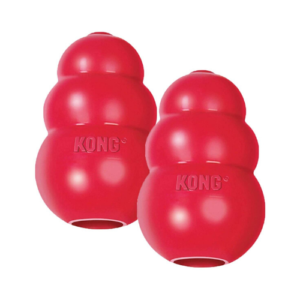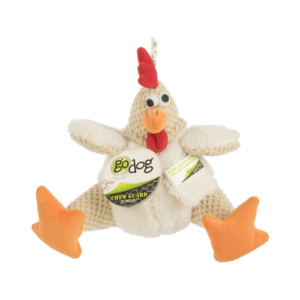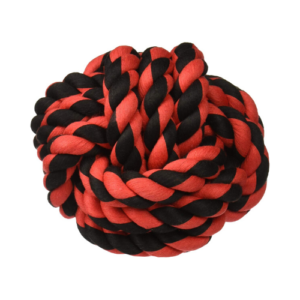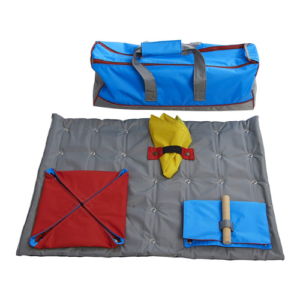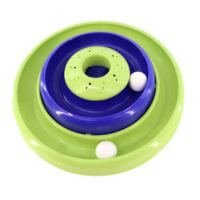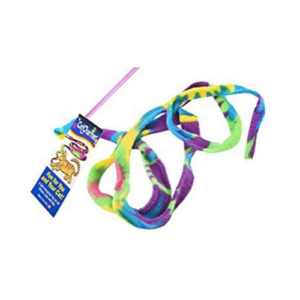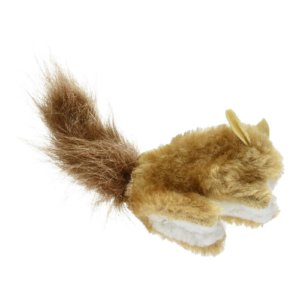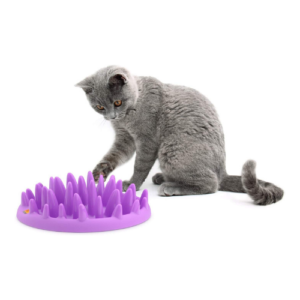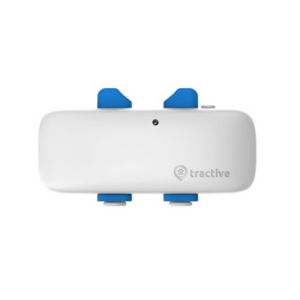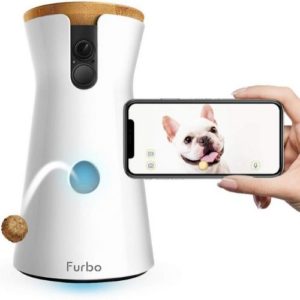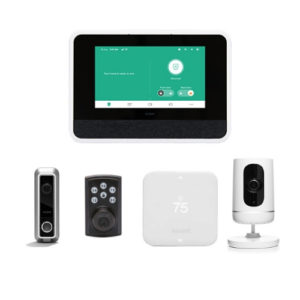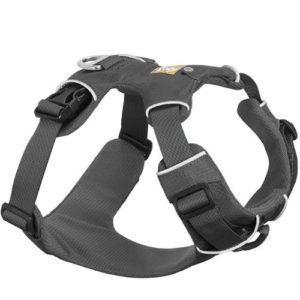Toys and playtime aren’t just a bonus for your pets—they need fun engagement to learn, stay active, and avoid boredom. Play can also help reinforce the good behavior you want in your pet and socialize them with people and other animals.
But not all pet toys are created equal. Depending on your pet’s size and personality, some toys are safer—and more fun—than others. Keep your pet’s playtime as fun as possible by using this guide to find out what hazards toys can present, how to select the safest toys for your pet, and the safe pet toys we recommend.
The safest toy for your pet isn’t necessarily the fanciest or newest item at the pet store. In fact, the toy your pet is most attracted to may be the most dangerous. Here are some of the most common things to be aware of.
Avoid toys that have strong chemical smells and beware of bright fabrics that may have toxic dyes. Some toys contain toxic levels of lead, phthalates, and other harmful chemicals, so research brands before you purchase toys.1 Stay away from toys that include aromatherapy and other herbal remedies: animals are sensitive to many plants and herbs, some of which can be deadly.
Dog and cat toys with ribbons, loose string or yarn, decorative eyes, or buttons present choking or digestive hazards. Feathers and bells look like fun, but unfortunately, many pets can easily remove them.
If a toy is stuffed, make sure your pet can digest the material if they break into the fluff. Watch out for stuffing that includes beads, nutshells, or other small items that are not good for your pet’s tummy.
Rawhide dog toys can also present digestive and choking issues. Consult your vet before giving any rawhide chews to your dog to make sure that you choose the safest option.
Sadly, that leftover ball of yarn isn’t the best choice to keep your kitty safe and entertained. Yarn, ribbons, and strings can present a strangulation hazard for your cat, and if swallowed, may result in intestinal blockage.
Toys with small openings or gaps—like those colorful balls with bells in the middle—present another danger to felines: your kitty could get their paws stuck.
Just because a toy is at the pet store doesn’t guarantee that it’s a safe choice for your furry friend. Use this guide, the advice of your vet, and input from other trusted pet owners to pick the safest toys. When it comes to particular brands, research company practices, materials, ingredients, and consumer satisfaction.
Closely inspect all toys for durability and safety, and prepare to modify them to increase their safety for your pet. If you can’t avoid strings, ribbons, or feathers, remove them before letting your pet dig into the fun. If you’re getting a cat post, make sure it is stable enough to stand on its own or secure it to a wall.
Consider the size of your pet. Some toys may be safe for smaller animals but present a choking hazard for larger ones. Take your pet’s behavior into consideration as well. Most dogs don’t simply chew on toys—they shred them. If you have a pup like this, seek out toys made of heavy, durable rubber to ensure they last longer and present fewer choking risks.
